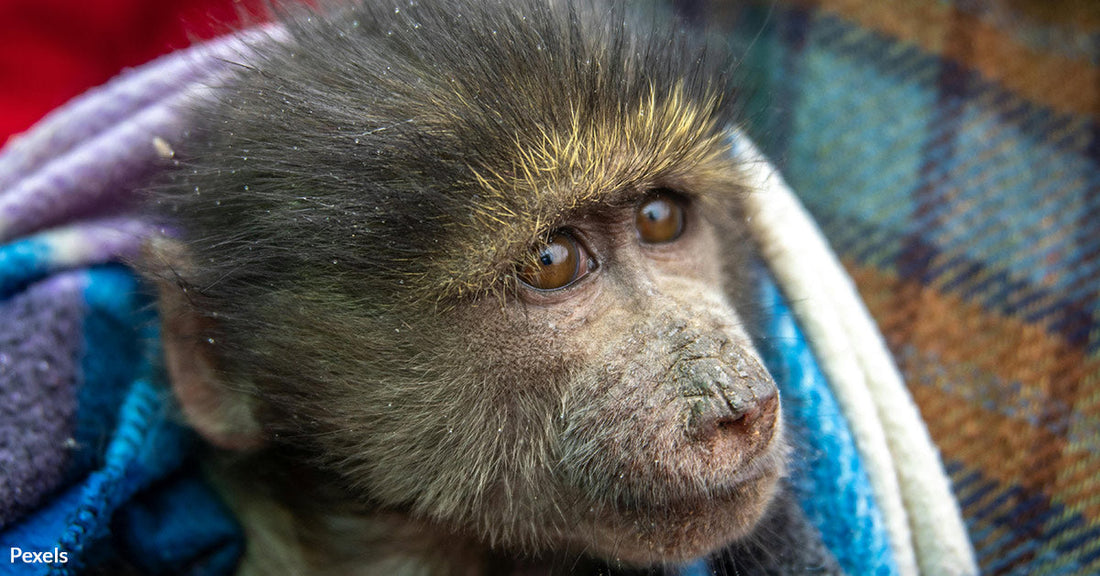Bonobos Break the Silence of Evolution with Human-Like Speech Patterns
Matthew Russell
Wild bonobos in the Congo rainforest may be doing more than chattering—they could be communicating with a complexity once thought uniquely human. A new study from the University of Zurich shows that bonobos combine specific vocalizations to form new meanings, using a principle known as nontrivial compositionality, a key feature of human language.
Researchers followed bonobo groups in the Kokolopori Reserve for months. Mélissa Berthet, the lead author, recorded 700 calls, noting over 300 contextual details per vocalization. These included everything from social interactions to nearby environmental cues. Using techniques from human linguistics and artificial intelligence, the team mapped out how calls clustered in meaning.

Photo: Wikimedia Commons / Vanessawoods, License: Public Domain
Bonobos have been observed combining vocal calls to express new meanings.
Combining Sounds to Say More
The most surprising finding: bonobos often paired calls in ways that modified their individual meanings. For example, a “peep,” which might suggest intent like “I want to,” combined with a “whistle,” often signaling “let’s stay together,” took on a different tone in moments of social tension—during mating or dominance displays. Together, the combo seemed to say something like, “Let’s cooperate, but with care,” according to Greek Reporter.
Another pair, a “high hoot” (meaning “pay attention to me”) and a “low hoot” (“I’m excited”), appeared in urgent scenarios, like when another bonobo displayed aggression. Instead of a simple sum of its parts, the message seemed more like “Look at me, something is wrong,” The New York Times reports.

Photo: Wikimedia Commons / Evanmaclean, License: Public Domain
This ability mirrors a core feature of human language called compositionality.
Not Just a One-Time Observation
This isn’t the first time signs of compositionality have been found in apes. Simon Townsend, the study’s co-author, previously observed similar behaviors in chimpanzees. But as he told NBC News, the new bonobo findings mark the first clear evidence of animals using call combinations in a way that modifies meaning—moving from basic communication toward a more language-like system.
Experts like evolutionary biologist Maël Leroux, who was not involved in the study, told Science that the results offer “compelling evidence for abilities that were assumed to be uniquely human."

Photo: Wikimedia Commons / Vanessawoods, License: Public Domain
The study took place in the Kokolopori Bonobo Reserve in Congo.
Rewriting the Language Timeline
Bonobos and humans share a common ancestor that lived 7 to 13 million years ago. This research suggests that the building blocks of language—once thought to be exclusive to humans—may have been present in that ancestor.
”The cognitive building blocks that facilitate this capacity are at least seven million years old,” Townsend told Smithsonian Magazine. Berthet hopes the method used in the study can be applied to other animals. Whether bonobos are unique in this ability, or just the first to be studied this way, remains to be seen.

